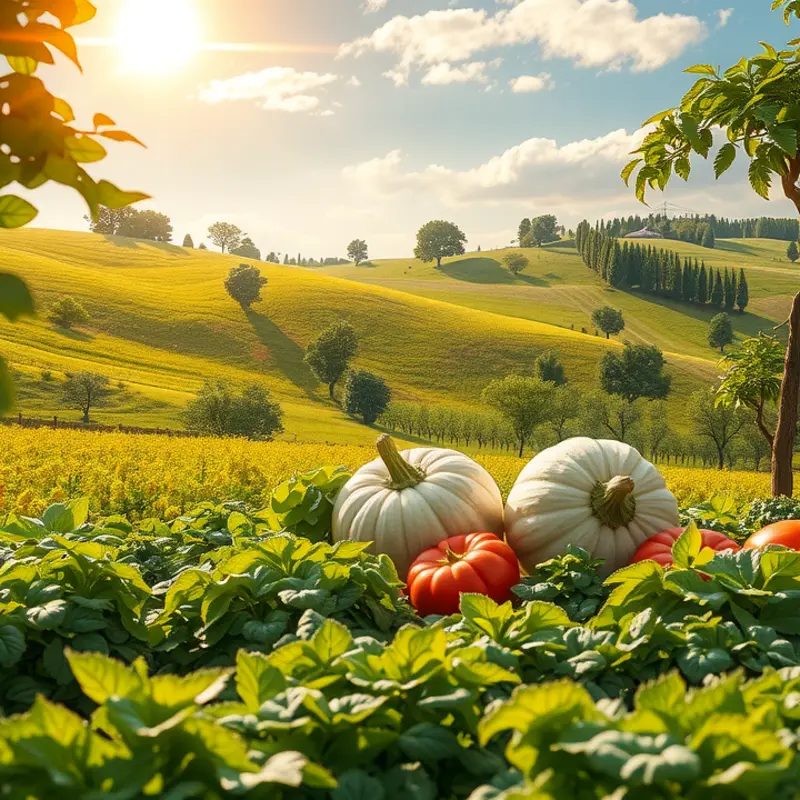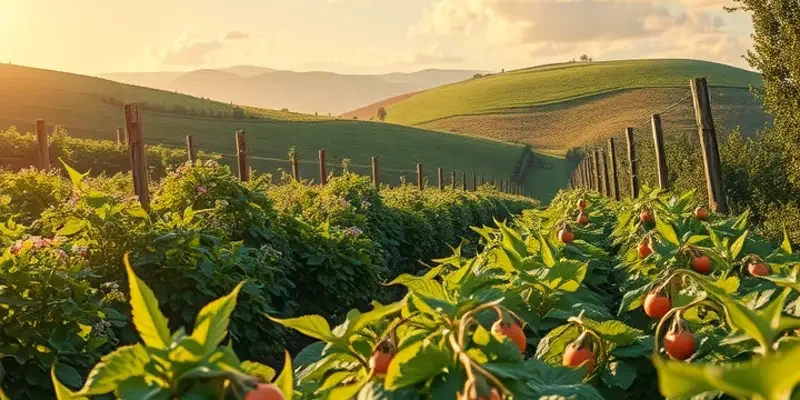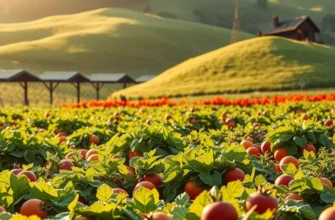Natural coloring agents not only enhance the visual appeal of your dishes but also provide health benefits that artificial dyes cannot match. In the coming chapters, you’ll explore a variety of natural ingredients, their uses, and clever substitutions that can transform your cooking. Whether you’re focused on dietary needs or just looking to add more color to your meals, this guide provides practical, user-friendly options that any home cook can implement.
Fruits and Vegetables: Nature’s Palette

Discover how nature provides a vibrant array of natural coloring agents right in your kitchen with everyday fruits and vegetables. These colorful wonders not only enhance the aesthetic of your dishes but also bring health benefits and flavor to the table.
Beetroots: Known for their bright magenta hue, beetroots offer a sweet, earthy flavor. To use beets as a food coloring, simply roast or boil them and then puree the flesh. You can strain the juice for concentrated color or use the puree in its entirety. A little beet juice can turn your mashed potatoes into a hot-pink sensation or add a lovely tint to frostings and drinks.
Turmeric: This golden spice is not just for curries. A pinch of turmeric can give rice, soups, and dressings a vibrant yellow hue. Mix turmeric with coconut milk for an exotic flavor profile, ideal for withstanding high cooking temperatures, making it great for baking or roasting.
Red Cabbage: Unexpectedly versatile, red cabbage water offers an array of shades. By boiling chopped cabbage and straining the liquid, you achieve a deep purple dye. Mixing it with baking soda swings the color toward blue, while adding vinegar shifts it to pink. It’s perfect for naturally tinting eggs, pastas, or even beverages.
Spinach: For a natural green food dye, look no further than spinach. Blanch the leaves briefly, then puree to incorporate into sauces or doughs. Spinach’s mild flavor blends seamlessly, especially in pasta or smoothie recipes. For larger quantities, use the juice extracted from the puree.
Carrots: Carrots provide a subtle sweetness and a warm orange tone. Puree cooked carrots to introduce color into soups, sauces, or cake batter. For lighter applications, carrot juice can be used to achieve a more pastel shade.
Berries: Whether it’s strawberries, blueberries, or blackberries, berries offer a wide spectrum of colors from red to deep purple. Muddle them to use in desserts or beverages, or strain for a seed-free option. The possibilities are endless with their tart, sweet, and fresh influence on dishes.
Trying new methods of coloring foods is not only fun but also a sustainable choice. For an eco-conscious approach to utilizing fruits and vegetables, consider exploring eco-smart kitchen storage techniques to keep your produce fresh longer and reduce waste.
By crafting your own natural food dyes from fruits and vegetables, you not only avoid synthetic additives but also add a unique flavor twist to your culinary creations. Experiment with combinations to discover the full potential of nature’s palette, and watch your dishes transform into edible art.
Herbs and Spices: Flavor Meets Color

Transforming your meals with herbs and spices involves more than just enhancing taste—they serve as natural colorants, turning ordinary dishes into visual works of art. This chapter unveils how to infuse your cooking with vibrant hues, using nature’s own palette.
Turmeric is often hailed for its radiant golden hue. It’s perfect for curries, soups, and even rice. Just a teaspoon can convert plain dishes into rich golden delights. Beyond its color, turmeric is lauded for its anti-inflammatory properties, making it a superb addition to your meals both aesthetically and health-wise. Try substituting saffron with turmeric for a more economical option that doesn’t compromise on color intensity.
Beetroot, with its intense red, is another staple in natural food coloring. Puree beetroot to dye pasta or use its juice to create a vibrant foundation for sauces. Its earthy sweetness pairs wonderfully with chocolate in cakes, adding a healthy twist to a classic treat. If you need a crimson touch for pickles or salad dressings, beetroot is your go-to. Plus, it’s packed with fiber and essential nutrients.
Paprika, derived from bell peppers or chilies, provides a red-orange glow and smoky depth to stews, meats, and even roasted vegetables. Opt for sweet or smoked variants to achieve the desired flavor profile. A sprinkle of paprika can transform a mere garnish into a fiery accent, delighting both the eyes and the palate. For a smokier touch without added salt, consider reading about alternatives here.
Saffron, though expensive, offers a unique golden color and floral flavor that elevates dishes like paella or risotto. Using just a pinch is often enough, as its potent aroma and color diffuse beautifully into expansive rice dishes. When budget constraints arise, substituting saffron with turmeric, as noted, offers a budget-friendly yet strikingly similar alternative.
Not to be overlooked are matcha and spirulina, both delivering shades of green. Matcha, a finely ground green tea, gives desserts, smoothies, and even savory sauces a subtle green hue and an antioxidant boost. Spirulina, a blue-green algae, brings a more vibrant, emerald color, perfect for smoothie bowls or salad dressings while also enhancing nutrition.
On the spice front, black sesame seeds are incredibly versatile, transforming baked goods or noodle dishes with an elegant, dark finish. Their nutty flavor complements both savory and sweet recipes, lending a sophisticated touch.
Incorporating these colorful herbs and spices doesn’t require drastic changes. Start by experimenting with small substitutions in your existing recipes. Whether you’re aiming for a heartier soup or a more enticing dessert, these natural colorants serve to complement flavors while ensuring your plate remains a feast for the senses.
Final words
Utilizing natural coloring agents can significantly enhance both the aesthetic and nutritional profile of your meals. By incorporating fruits, vegetables, herbs, and spices, you not only present more visually pleasing dishes but also elevate their health benefits. These natural ingredients serve as flavorful substitutes for artificial dyes, aligning with a more mindful approach to cooking. As you explore these natural options, you’ll discover how simple substitutions can lead to enhanced flavors and vibrant colors that please both the eye and the palate. Embrace the beauty and benefits of nature in your kitchen and enjoy a healthier, more colorful culinary experience.







